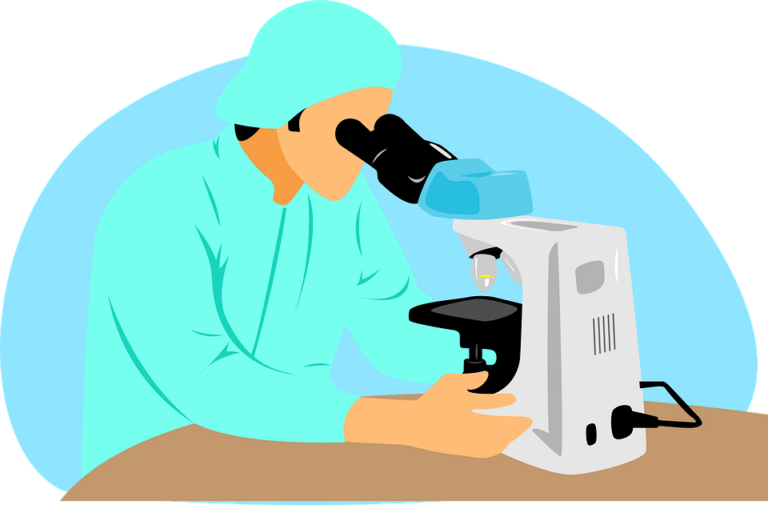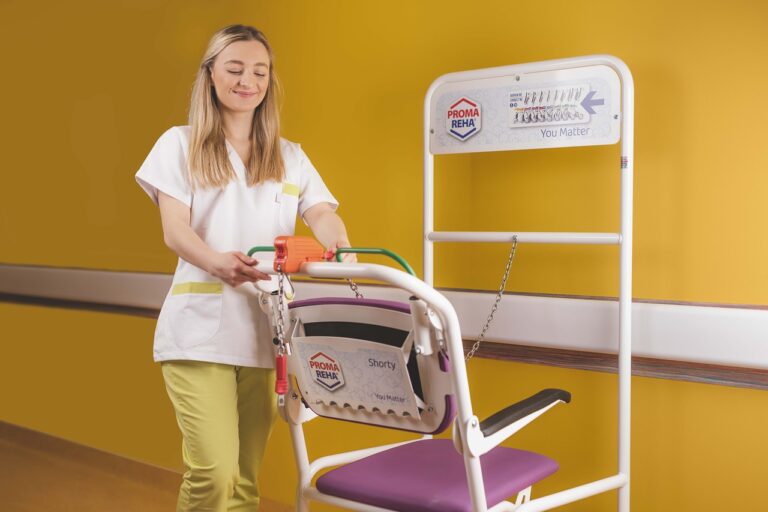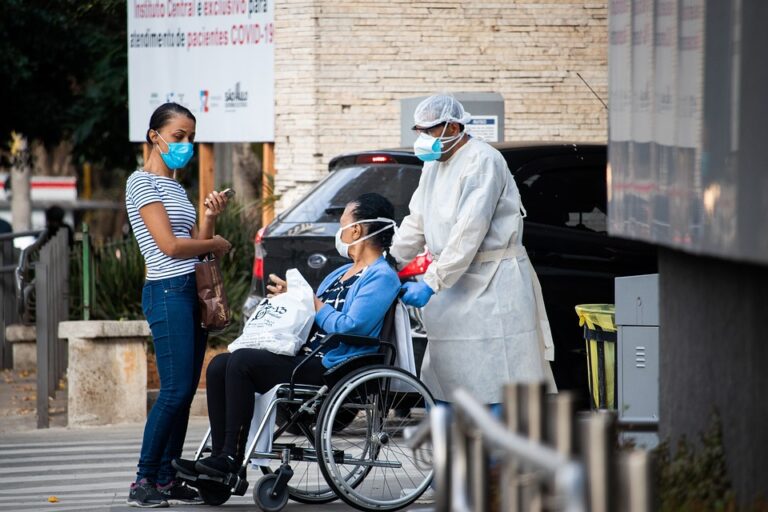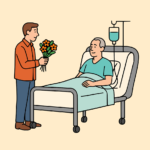Book Appointment Now

Effective Note-Taking Techniques for Nursing Students
For nursing students, effective note-taking is a critical skill that helps streamline learning, retain essential information, and prepare for exams. Nursing programs cover complex topics, and students are expected to juggle a vast amount of information from both theoretical classes and clinical experiences. Adopting the right note-taking techniques can improve your ability to absorb and organize knowledge, setting you up for success. This article explores effective note-taking techniques for nursing students, offering strategies that maximize retention and efficiency in your studies.
Why Effective Note-Taking Is Crucial for Nursing Students
Nursing students encounter diverse subjects such as anatomy, pharmacology, patient care protocols, and medical terminology, all of which require careful attention to detail. Here’s why effective note-taking matters in nursing school:
- Enhances Retention: Organized notes make it easier to review and memorize complex information.
- Supports Critical Thinking: Note-taking encourages active listening and helps students draw connections between theoretical concepts and practical applications.
- Improves Study Efficiency: Well-organized notes save time during exam preparation, as they offer a clear summary of lectures and readings.
- Prepares for Clinical Practice: Taking good notes in clinical settings helps nursing students reflect on patient care and refine their clinical reasoning.
Key Principles of Effective Note-Taking for Nursing Students
To excel in nursing school, it’s essential to adopt strategies that make your note-taking sessions productive. Here are some principles to keep in mind:
1. Be Selective with Information
Nursing students often feel overwhelmed by the amount of information they are required to absorb. Effective note-taking doesn’t mean writing down everything the instructor says. Focus on the most relevant and important points:
- Key concepts, theories, and definitions.
- Procedures, protocols, or steps in nursing care.
- New information not covered in the textbook.
- Examples or case studies shared during lectures.
By focusing on the core content, you avoid cluttering your notes with unnecessary details and ensure that you can quickly reference critical information later.
2. Engage in Active Listening
Active listening involves focusing intently on the speaker, processing the information, and noting down the main ideas. Rather than transcribing lectures word-for-word, try to paraphrase and summarize the key points. This technique promotes deeper understanding and helps clarify any complex material.
To enhance active listening:
- Pay attention to verbal cues like “This is important” or “You’ll need to know this for exams.”
- Be mindful of non-verbal cues, such as when the instructor repeats information or spends extra time explaining a concept.
3. Review and Organize Your Notes Regularly
Taking effective notes is only the first step. To retain the information long-term, review your notes regularly. Set aside time each week to organize and summarize them, filling in any gaps, clarifying points, or highlighting key information. This ongoing review will help reinforce your memory and prepare you for future tests or clinical application.
Do You Need Nursing Paper Writing Help?
Order Custom Nursing Essay
Best Note-Taking Methods for Nursing Students
Nursing students can benefit from using various note-taking methods that promote organization and retention. Here are some of the best strategies for success:
1. The Cornell Note-Taking System
The Cornell method is one of the most widely recommended techniques for nursing students because of its simplicity and structure. This method divides your page into three sections:
- Cue Column: A narrow left-hand column where you list questions, keywords, or topics.
- Note-Taking Column: A wide right-hand column where you jot down detailed notes from lectures or textbooks.
- Summary: At the bottom of the page, write a brief summary of the key points.
Why It Works: The Cornell method encourages students to actively engage with the material by summarizing it and asking questions. It’s particularly effective for reviewing and self-testing before exams.
2. The Mapping Method
The mapping method is ideal for visual learners, as it involves creating diagrams or concept maps to show the relationships between different pieces of information. In this technique:
- Start with a central idea (e.g., a disease or procedure).
- Branch out with subtopics (e.g., symptoms, diagnosis, treatments).
- Use arrows or lines to show how concepts are connected.
Why It Works: The mapping method makes it easier to visualize complex information and see how different topics are related. It’s especially useful in subjects like pharmacology or pathophysiology, where you need to understand intricate systems.
3. The Outline Method
The outline method is straightforward and organized, breaking down notes into main topics, subtopics, and supporting details in a hierarchical format. It follows this basic structure:
- Main topic (e.g., Heart failure)
- Subtopic (e.g., Causes)
- Supporting detail (e.g., High blood pressure, coronary artery disease)
- Subtopic (e.g., Causes)
Why It Works: The outline method is perfect for organizing large volumes of information in a clear, logical sequence. It’s particularly effective for note-taking during lectures that follow a structured format.
4. The Charting Method
The charting method organizes information into columns and rows, making it useful for comparing related concepts. This method is often used to track drug names, dosages, side effects, and nursing considerations.
Example Chart for Pharmacology:
| Drug Name | Dosage | Side Effects | Nursing Considerations |
|---|---|---|---|
| Furosemide | 40 mg | Dizziness, dehydration | Monitor blood pressure and electrolytes |
| Metoprolol | 25 mg | Fatigue, bradycardia | Monitor heart rate and assess for hypotension |
Why It Works: The charting method allows nursing students to quickly compare and contrast related information. It’s a highly effective approach for subjects that involve memorizing facts, such as medications or clinical procedures.
5. Digital Note-Taking
For tech-savvy nursing students, digital note-taking can be a game-changer. Using tools like Microsoft OneNote, Evernote, or Notion allows you to organize, search, and access your notes across devices. Additionally, digital tools offer the flexibility of integrating multimedia such as images, diagrams, and voice recordings.
Why It Works: Digital note-taking is excellent for keeping your notes organized and accessible. Many platforms also allow you to collaborate with peers or instructors, making it easier to share resources or receive feedback.
Note-Taking Tips for Clinical Settings
In clinical rotations, effective note-taking takes on a different dimension. Here’s how to adapt your technique in real-world healthcare environments:
1. Be Concise and Focus on Key Observations
When taking notes in clinical settings, you may not have time to write detailed entries. Focus on recording essential observations such as:
- Patient Information: Basic details like vital signs, symptoms, and medical history.
- Nursing Interventions: Document the care you provided, any changes in the patient’s condition, and the outcomes of those interventions.
- Reflections: Jot down personal reflections or questions for later discussion, such as challenges you faced or areas where you need more practice.
2. Use a Pocket Notebook or App
Since clinical environments can be fast-paced, carrying a small pocket notebook or using a digital app can make note-taking easier. Having a portable note-taking tool allows you to quickly record observations and important patient details.
3. Review Your Notes After Shifts
At the end of your clinical shift, review and expand upon your notes while the experience is still fresh in your mind. Reflect on what you learned and how it applies to your nursing education, and discuss any gaps in knowledge with your clinical instructors.
Mastering effective note-taking techniques for nursing students is essential for navigating the challenges of nursing school. By adopting strategies like the Cornell method, mapping, outlining, and using digital tools, you can organize complex information and make your study sessions more productive. Additionally, adapting your note-taking skills to clinical settings will help you record essential patient care details and refine your clinical judgment.
Good note-taking isn’t just about writing down information—it’s about actively engaging with the material and ensuring that your notes are clear, concise, and actionable. By refining your note-taking approach, you can boost your academic performance, enhance critical thinking, and become a more effective nursing professional.







